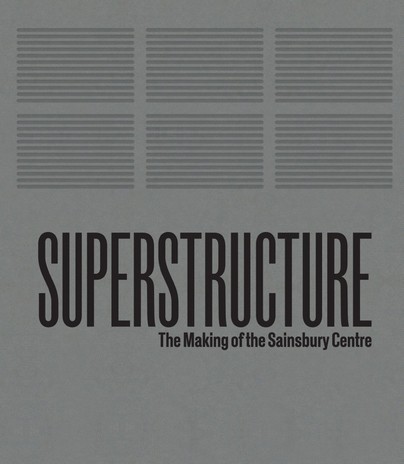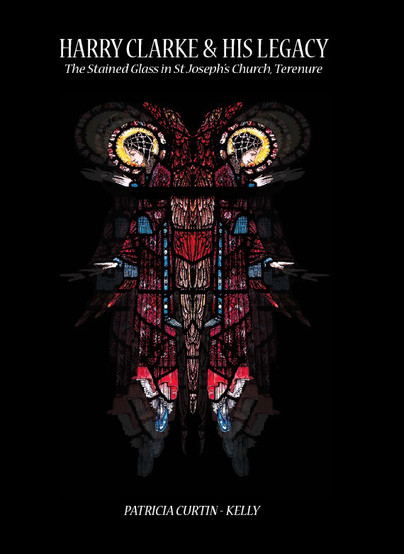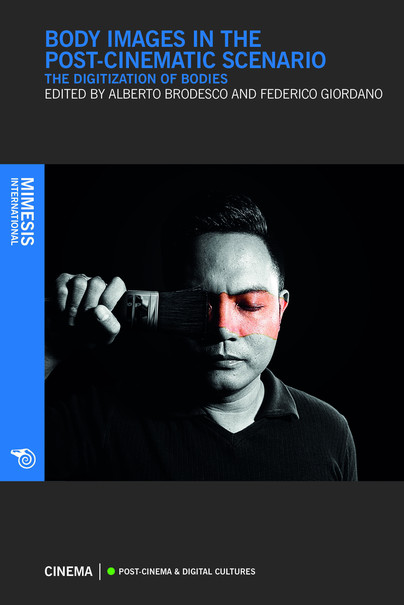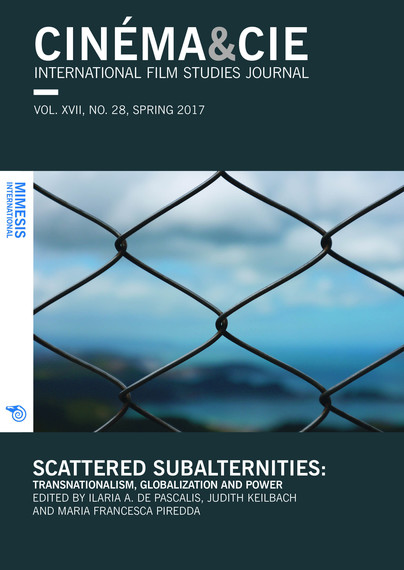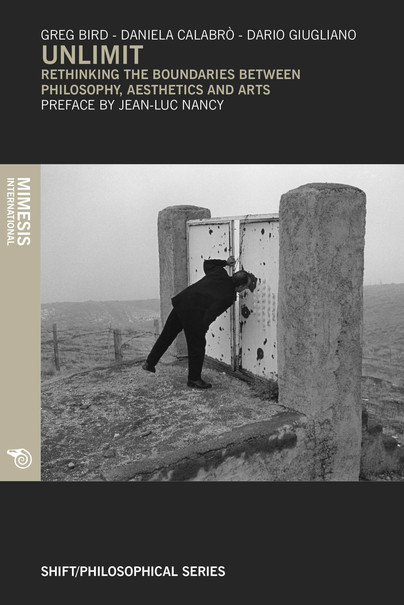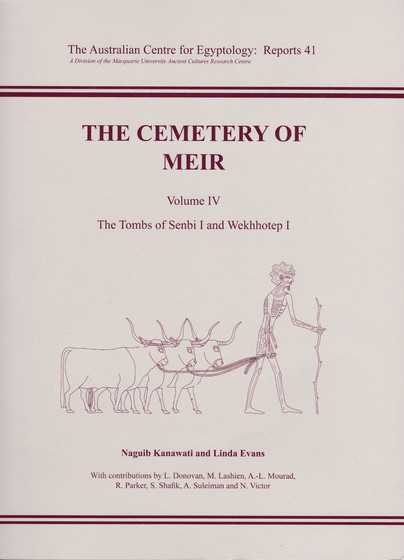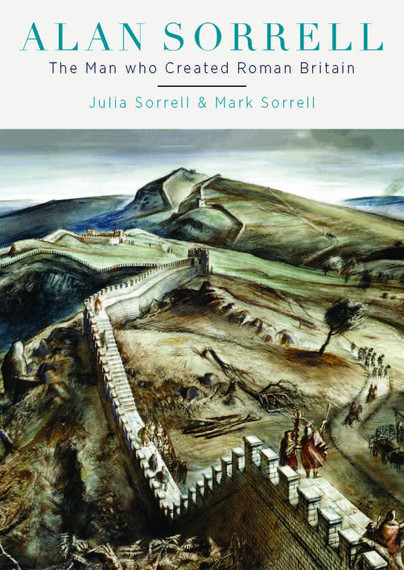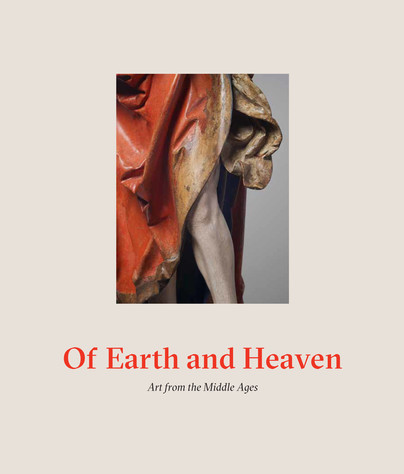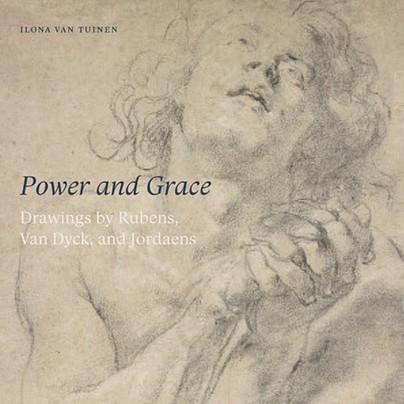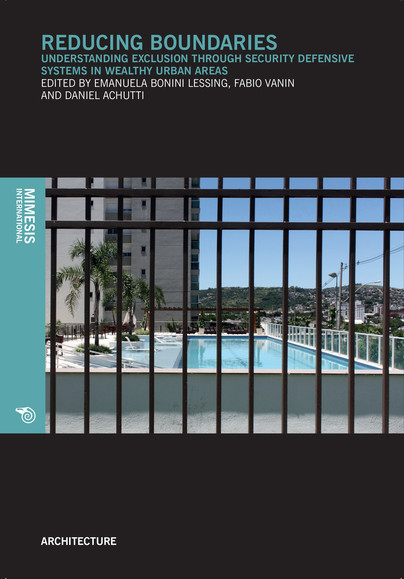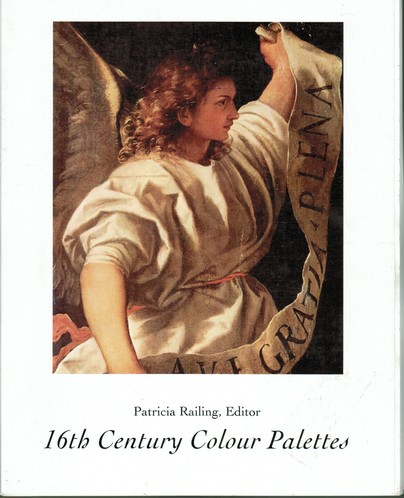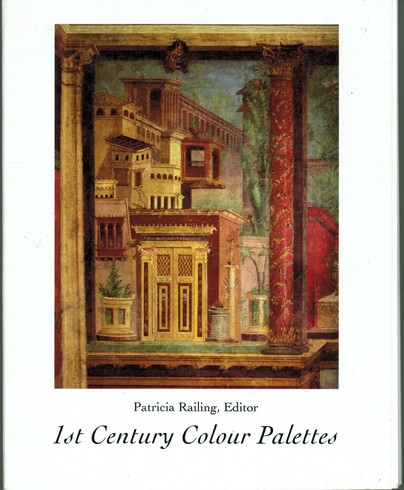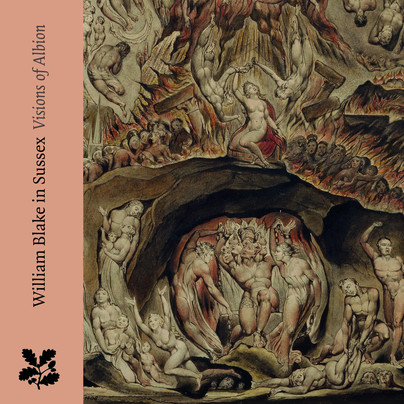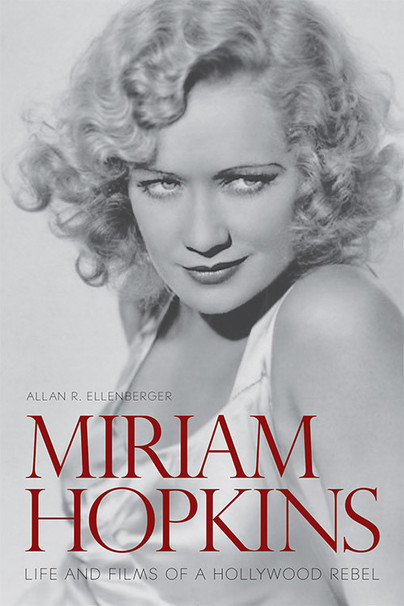Disillusioned with London life and struggling to make a living, Blake and his wife Catherine went in 1800 to live at the coastal village of Felpham, which the artist soon described as “the sweetest spot on earth”. Providing his principal encounters with both English rural life and the coast, the artist’s three years “on the banks of the ocean” informed his two greatest illustrated epic poems, Milton and Jerusalem, and continued to be refl ected in his work for the rest of his career: “In Felpham”, claimed Blake, “I saw and heard Visions of Albion”.In addition to the work associated with Felpham, this publication considers the collections of nearby Petworth House, which include three major paintings by Blake – otherwise unrepresented in other grand houses of Britain – along with related prints, books and archival material.
The authors will examine the relationships formed by Blake in Sussex, particularly with the poet William Hayley, the sculptor John Flaxman, the 3rd Earl of Egremont (one of the great collectors of contemporary art in the early 19th century) and his estranged wifeElizabeth Ilive, who commissioned two of the three paintings now in Petworth. Blake’s work for Hayley, often dismissed as illustrative and decorative, will be reappraised, and other projects he worked on in Sussex – including remarkable biblical watercolours produced for his great London patron, Thomas Butts – will be celebrated. Blake’s infamous arrest and trial for sedition – chief among the events profoundly aff ecting him in Sussex – will be discussed. It is not widely known that Blake was tried fi rst in Petworth, where he was vouched for by the 3rd Earl.
